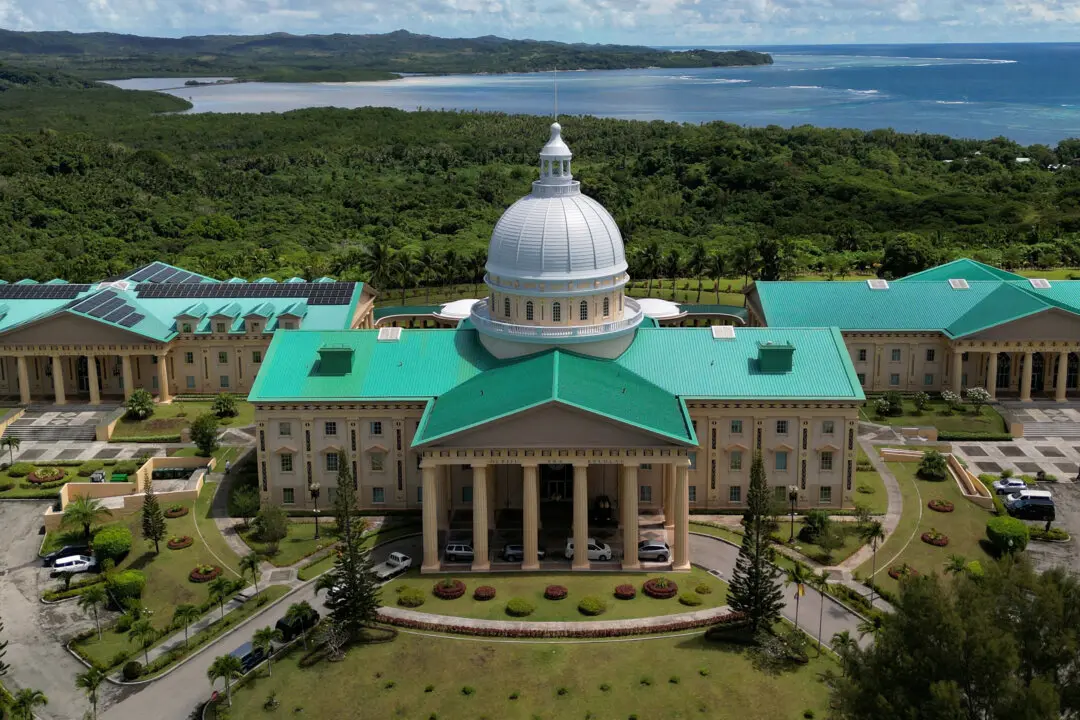LONDON/WASHINGTON—The insurgent Taliban took over Afghanistan with astonishing speed, but it appears unlikely that it will prove equally as fast in gaining control of most of the Afghan central bank’s roughly $10 billion in assets.
The country’s central bank, Da Afghanistan Bank (DAB), is thought to hold foreign currency, gold, and other treasures in its vaults, though the exact contents are unclear, according to an Afghan official.





